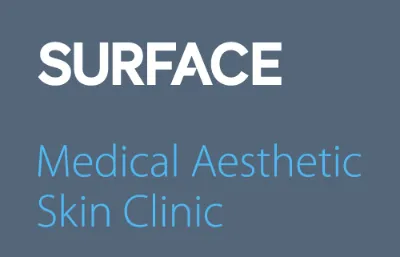Find A Verified Clinic
Trusted Cryolipolysis Experts, Local to You
Easily connect with qualified, verified professionals for safe, reliable treatment.


Surface Clinic
51 Bingley Road, Saltaire, Bradford, BD18 4SB
~0.4 miles away
Surface Clinic Accreditations:

Eternal Youth
34 Market Place, Heckmonwike, West Yorkshire, WF16 0JG
~9.8 miles away
Eternal Youth Accreditations:

Aesthetic Health
305 Harrogate Road, Leeds, LS17 6PA
~10.1 miles away
Aesthetic Health Accreditations:
Explore Clinics Near You on the Map
See exactly where verified Cryolipolysis clinics are located across Shipley.
Zoom in, pan around, and click any marker to view each clinic’s profile, read reviews, and check their credentials before you book.

Your Cryolipolysis Questions
Real Questions from Real People, Answered
Straightforward answers to the questions people like you are asking right now about Cryolipolysis.

VASER ® Lipo Consultation
Hello I don’t know from where to start. I just started to do my research about Vaser Lipo treatment. Please may I have your advices? Price? Thank you Erika Kirchmajer
Hand piece size / measurement for LipoContrast®
Hi I wondered how big the area is that the treatment head covers ie what are the dimensions of the treated area?
To view all the Cryolipolysis questions, please click here.
Or click here to ask your own question.
Stay Informed with the Latest Aesthetic News & Offers
Join our free newsletter to receive updates on the latest treatments, safety guidance, and exclusive clinic offers near you.
No spam, just expert insights and trusted advice from the UK’s leading aesthetics directory.

